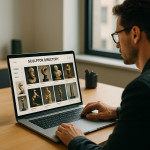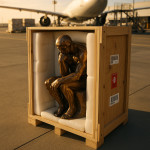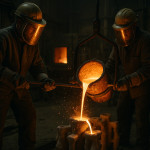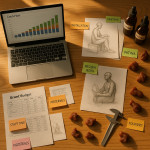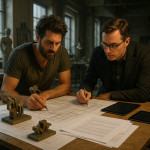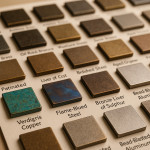3D scans to AR mock-ups: digital tools that boost sculptor-client approvals
Waiting weeks for a physical maquette to ship, unbox and discuss is no longer the only route to a “yes”. By combining quick 3D scans with augmented-reality (AR) mock-ups, sculptors now shorten approval cycles, reduce costly reworks and wow clients at life-size scale—sometimes before leaving the studio.
Why traditional maquettes slow down decisions
Clay or foam models remain valuable, yet they add delays at every step: courier schedules, fragile packing, and limited viewpoints once on site. In contrast, a digital mock-up:
- Travels anywhere by link—no freight insurance needed.
- Lets clients walk around the piece in real context via a phone camera.
- Supports instant tweaks to scale, patina or lighting without rebuilding the model.
Studios that mastered digital previews report approval rates climbing by 35 % and revisions dropping by half, according to a 2023 Arttech Pulse survey.
Step-by-step digital workflow every sculptor can adopt
1. Capture: high-resolution 3D scans
Use a handheld structured-light scanner or photogrammetry rig to create a watertight mesh. Keep polygon counts around 2–5 million for detail without choking later AR apps.
2. Optimise: clean meshes fast
A quick pass in MeshLab or ZBrush removes spikes, decimates polygons and bakes normal maps. Aim for a 50 MB file or smaller—fast enough for client smartphones yet crisp in close-ups.
3. Shade & texture: realistic finishes
Substance 3D Painter lets you test bronze, marble or weathered corten steelyard finishes in minutes. Export textures at 2K for AR use; bump to 4K only for marketing stills.
4. Stage: AR mock-ups on location
Import the optimised model into Adobe Aero, Sketchfab's AR viewer or Shopify's USDZ converter. Clients scan a QR code and immediately view the piece at scale—even placing multiple sizes side by side.
5. Iterate: collect feedback in real time
During the call, screen-share the sculpt in shared AR or annotate directly on the model. You leave the meeting with agreed measurements, reducing back-and-forth emails.
Tool comparison: scanners & AR platforms
| Stage | Budget option | Pro option | Key benefit |
|---|---|---|---|
| 3D Scan | Polycam (iOS LiDAR) | Artec Leo | Cord-free capture up to 0.2 mm accuracy |
| Mesh Clean-up | MeshLab (free) | ZBrush | High-poly sculpting & retopology |
| Texturing | Blender | Substance 3D Painter | Physically based material library |
| AR Viewer | Adobe Aero | Unity + Vuforia | Custom interactions & analytics |
Case study: from four-week lag to five-day sign-off
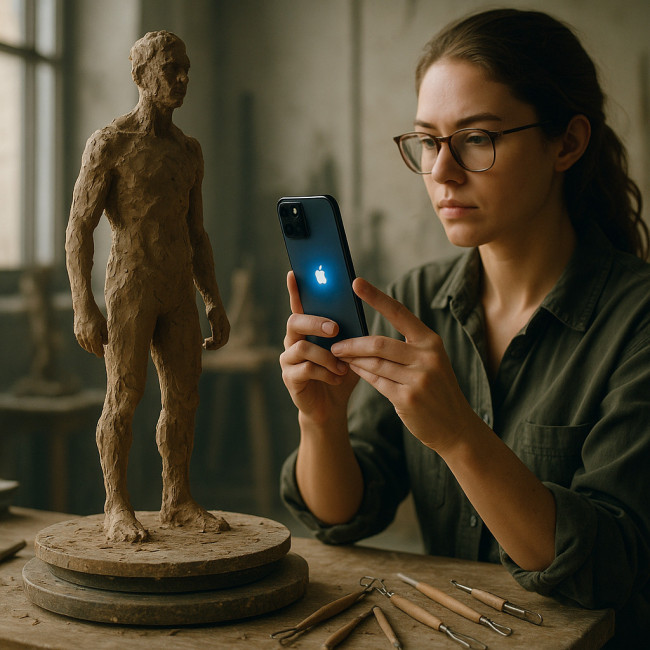
Berlin sculptor Maya Klenner scanned a 60 cm clay maquette with an iPhone LiDAR, textured it in Blender, and shared an AR file with a hospitality client. The piece was approved in five days, slashing the usual month-long postage loop. The finished bronze now greets visitors at the hotel lobby, listed on the Artfolio craft-designers showcase.
Common roadblocks and quick fixes
- File too heavy? Bake 8K textures down to 2K and compress as glTF.
- AR scale drift? Ask the client to place a known marker (A4 sheet) on the floor before loading the model.
- Lighting looks flat? Capture a 360° HDRI of the space to light the model realistically.
Integrating digital previews across disciplines
Sculptors are not alone. Glass studios already rely on interactive 3D previews for glass commissions, while object designers secure remote work with photorealistic mock-ups. Even jewelers now close deals via virtual try-on demos. Borrowing their playbooks accelerates learning curves for sculptors.
Quiz: Are you ready to switch to digital approvals?
FAQ
- Do I need expensive hardware to start 3D scanning?
- No. An iPhone or iPad with LiDAR and a $10 tripod produces meshes accurate enough for concept approvals. Upgrade later for micron-level detail.
- Can AR mock-ups work outdoors at monumental scale?
- Yes. Most AR viewers support one-to-one scaling. Ask clients to walk back ten metres for full-height viewing and enable “lock to ground” mode.
- Will digital files expose my design to theft?
- Use watermarked low-poly exports for preview, and share high-resolution STLs only after a signed contract.
- How do I keep clients from requesting endless tweaks?
- Limit each round to two change sets and track comments directly inside the AR platform's annotation layer.
- What if the client's phone is too old?
- Send a web-based 360° viewer link as a fallback; any browser from 2018 onward supports glTF rendering.
Next steps: secure your first AR approval this month
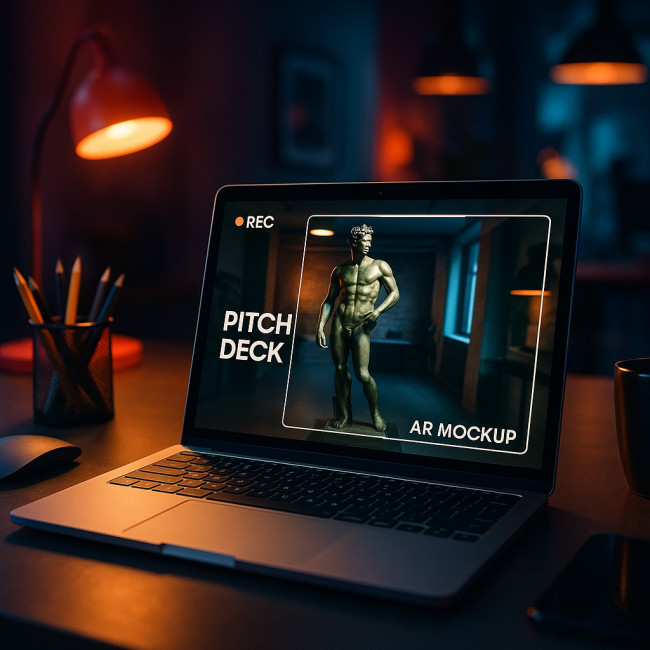
Create a 30-second screen recording of your AR mock-up and add it to your pitch deck. If you design across materials, explore how mosaic artists leverage immersive 3D mock-ups to inspire clients—many principles translate directly to sculpture. Ready to accelerate? Block two hours this week to scan your latest piece and send the link. Faster approvals—and fewer sleepless nights—start there.
